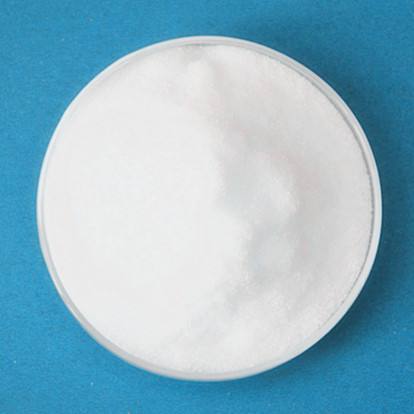[Alias]2,4-hexadienoic acid, argan acid, herbal tea acid, 2-propenyl acrylic acid
[Molecular Formula]C6H8O2
[Structural Formula]CH3CH=CHCH—CHCOOH
[Properties]Colorless needle-like crystals or white crystalline powder with a slight special odor that can sublimate or evaporate with water vapor . Relative density 1.204 (19℃), melting point 132-135℃, boiling point 228℃ (decomposition), flash point (open cup) 127℃. Slightly soluble in water, 0.16g dissolves in 100mL water at 20℃ and 3.8g at 100℃.

The pH value of saturated aqueous solution soluble in ethanol, methanol, acetone, isopropyl alcohol, glacial acetic acid, acetic acid and other organic solvents is 3.6. It is stable to light and heat, but will be colored due to oxidation when left in the air for a long time. It has an inhibitory effect on some aerobic bacteria such as yeasts and molds, but is almost ineffective against anaerobic spore-forming bacteria and Lactobacillus acidophilus. Its growth-inhibiting effect is stronger than its bactericidal effect. It is an acid-type preservative. The preservative effect decreases as the pH value increases, but its preservative ability is not limited by the type of food. Because of its low solubility in water, it should be dissolved in ethanol or sodium carbonate solution before use, and then added to food. Do not use iron or copper containers when dissolving.
[Quality Specifications]
National Standard GB1905—1989
Appearance: Colorless crystal or white crystalline powder
Sorbic acid content: 98.5%
Melting point:132-135℃
Sulfate (calculated as Pb):0.1%
Ignition residue:0.1%
Heavy metals (calculated as Pb):0.001%
Arsenic (As):0.0002%
[Use]Sorbic acid is an organic synthetic raw material, used to make sorbate, rubber additives and plasticizers agents, lubricants, and medicines. It is a high-grade non-toxic antiseptic and antifungal agent. Used for the preservation of human food, animal feed, cosmetics, pharmaceuticals and packaging materials. When used as cosmetics, pharmaceuticals and food preservatives, its specifications and standards are above 99% purity, and heavy metal content and other indicators should comply with my country’s food additive hygiene standards. It can be used in soy sauce, jam, dairy products, alcohol, beverages, canned and pickled foods, etc. Its toxicity is only one-quarter of benzoic acid. Usually, in order to increase its solubility, its potassium salt is often used. It can also be used in combination with other preservatives or additives. It can also be used to disinfect food utensils.
[Brief preparation method]
① Acetic acid is cracked at high temperature to generate ketene, and then it is produced by condensation reaction with crotonaldehyde in the presence of catalysts such as zinc chloride, aluminum chloride, boron trifluoride, etc. have to.
② It is produced by using crotonaldehyde and malonic acid as raw materials, condensing them in a pyridine solution and then decarboxylating and recrystallizing them.
[Safety and Protection]This product has low toxicity. Packed in woven bags lined with plastic bags, net weight 1KG, 5kg, stored and transported in accordance with general chemical regulations, stored in a cool, dry place.

 微信扫一扫打赏
微信扫一扫打赏

